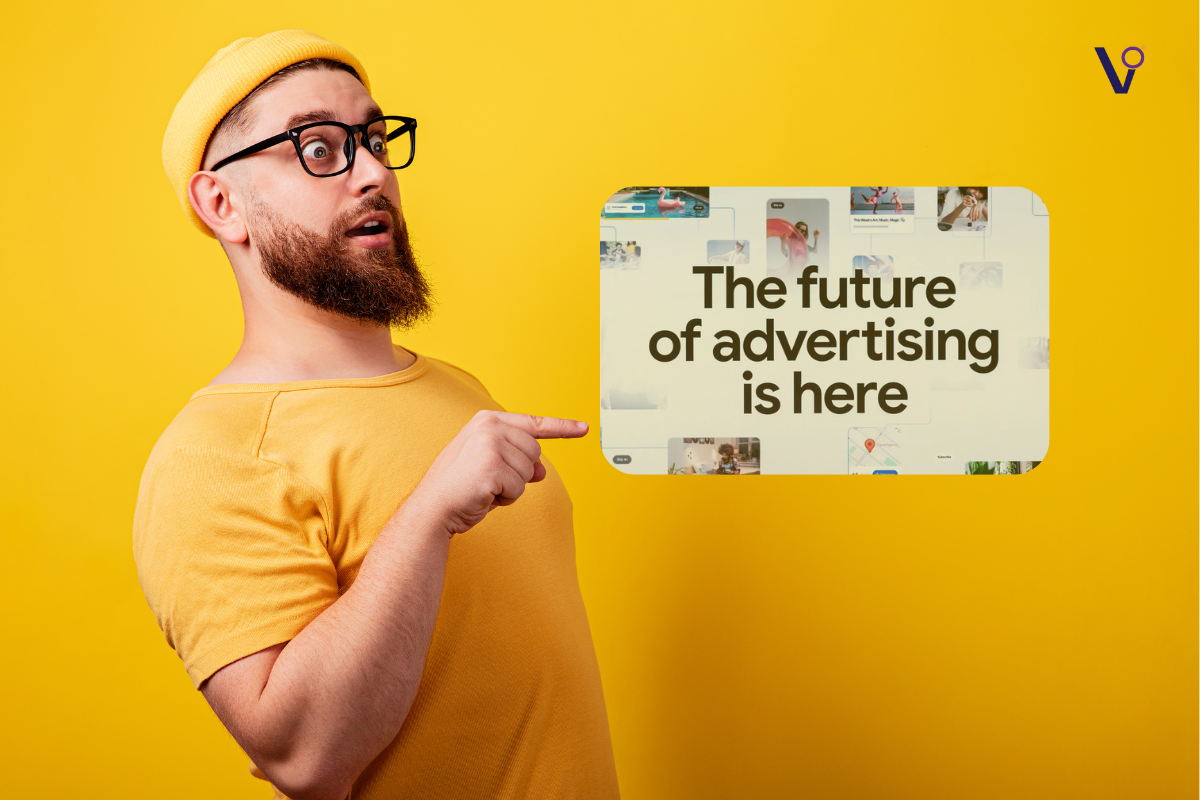In today’s market, effective branding can transform a brand’s positioning, enabling it to resonate with consumers and stand out in competitive industries. If you look at Zara, it’s a budget brand that pretends to be a luxury brand. Most of the stuff they sell compared to luxury brands is really cheap and affordable. Instead of selling a jacket for ₹5,000,000, they’ll sell it to you for ₹3,000, but they’ll make it look like you’re buying from a luxury brand. Just check out their logo and website; it all looks like a luxury store. But in reality, they’re just like H&M, a fast fashion company pretending to be high-end. That to us is the best marketing stratergy you can use.

The founder, Anshio Ortega, realized that while people love buying from luxury brands, most can’t afford them. So, he looked at all the luxury designs from these brands and started manufacturing them in a more affordable way, and they sold like hotcakes. The right marketing strategy will allow brands to emulate this success by building strong community ties, fostering engagement, and connecting with audiences across platforms like Facebook and LinkedIn.
Understanding the Marketing Strategy Funnel
A marketing funnel, in simple words, is a process you follow step by step to get leads for your brand. Unlike a plate where information splashes everywhere, a funnel provides a clear pathway for users to follow. It starts with capturing attention, moving through stages of engagement, and ultimately leading to conversion.
The Importance of Starting at the End
To effectively map out your marketing funnel, begin with your end goal: the sale. Reverse engineer the process by identifying the necessary steps that lead to this outcome. For instance, consider what actions a potential customer must take before they make a purchase:
- Visit the Sales Page: What needs to happen before they reach this page?
- Click a Link: How are they finding this link—through content or email marketing?
- Join the Email List: What steps are required for them to subscribe to your newsletter?
By analyzing each step, you can pinpoint where potential customers might be dropping off and adjust your marketing strategy accordingly.
Identifying Gaps in Your Funnel
Once your funnel is mapped out, it’s essential to identify any leaks or gaps. For example, if visitors are clicking through to your sales page but not converting, you may have a conversion issue that needs addressing. Alternatively, if email subscribers aren’t engaging with your content, you might need to align your messaging with their expectations.
Making small tweaks can lead to significant improvements. A 2% increase in one area can compound to result in hundreds or even thousands of additional sales.
1. Facebook marketing strategy
Facebook is an ideal platform for creating communities around your brand. Imagine a new restaurant opens on your street. You pass by every day, but haven’t gone in. Then one day, you receive a flyer offering 30% off your first meal. Intrigued, you decide to try it. If you like the experience, you might become a regular customer. This is how a marketing funnel works, guiding new prospects from curiosity to becoming loyal customers.

- Top of the Funnel (Awareness)
- Awareness Ads: Facebook’s targeting options let you reach a broad but relevant audience. Video ads and eye-catching visuals help get your brand noticed.
- Engagement Ads: Boost posts to create initial interest, whether through likes, comments, or shares. Engagement ads are great for introducing your brand.
- Middle of the Funnel (Consideration)
- Lead Ads: People can opt in right within the application through Facebook’s lead forms, so it’s an easy way to get hold of their contact information
- Custom Audiences: Let’s use Facebook’s custom audiences to retarget people who have interacted with your top-funnel content, like watching one of your videos or stopping by your page
- Bottom of the Funnel (Conversion)
- Retargeting: With Facebook retargeting, you are showing ads to people who already have an interest in them. You can re-engage them with a product offer or special discount that makes them sell more.
- Lookalike Audiences: Facebook will generate a Lookalike Audience for your existing customers so you reach new people similar to those who already converted.
- Post-Purchase Engagement
- Personalized Offers: Engage customers with special offers or discounts right on Facebook, nurturing loyalty.
- Automated Messenger Responses: Send follow-ups after purchase in order to remind your customer of your brand through Facebook Messenger.
2. LinkedIn marketing strategy
LinkedIn is the go-to platform for B2B marketing and professional networking. Focus on:
- Content Sharing: Share valuable industry insights, articles, and case studies to position yourself as a thought leader. Engaging content encourages shares and comments, increasing visibility.
- Networking: Connect with industry professionals and engage with their posts. Building relationships through comments and shares can lead to meaningful connections and potential partnerships.
- LinkedIn Ads: Utilize targeted LinkedIn ads to reach specific professional demographics. This can be particularly effective for generating leads and promoting high-value content.
3. Instagram marketing strategy
Instagram thrives on visuals, making it perfect for brands that can showcase their products or services attractively. Here’s how to maximize your marketing strategy here:
- Engage with Your Community: Start by finding posts in your local area or niche. You can search your town in Instagram’s places feature and leave thoughtful comments on recent posts. Simple, genuine comments make a difference!
- Add Real Value with Comments: Instead of generic likes or emojis, leave specific comments that show you took time to look at their content. If someone posts a Goodwill find, for example, comment on the unique find! This real engagement builds connections.
- Create Recognition Through Consistency: Make it a goal to leave 90 meaningful comments every day. Gary Vee calls this the “Dollar 80 Strategy” – your “two cents” on many posts each day. This is about steady, daily work that builds visibility over time.
- Be Approachable, Not Salesy: Don’t try to sell upfront. Just be a familiar face by commenting. People might click your profile, see that you’re a realtor, for instance, and remember you when they need those services.
- Stick to Your Strategy: Consistency is the game. Most people don’t stay long enough to see results, but if you put in the work for months or even years, it pays off.
- Have a Bigger Vision: Don’t get discouraged. When you’re committed, it adds up, building your brand and audience over time.
4. Twitter marketing strategy
Twitter is about real-time interaction, making it a powerful tool for customer engagement. To succeed on this platform:
- Active Listening: Monitor conversations about your brand and industry. Engage with users who mention you, responding to inquiries or feedback promptly to show that you value their input.
- Trending Hashtags: Utilize trending hashtags to increase visibility. Participate in relevant conversations to position your brand within current discussions.
- Short, Snappy Content: Keep tweets concise and impactful. Use images, GIFs, or polls to enhance engagement and make your posts more shareable.
Understanding Customer Lifetime Value (CLV)

Customer lifetime value (CLV) is another important component of successful marketing strategy. CLV is the total profit a customer brings to your business over their lifetime. Knowing your CLV allows you to make decisions about how much to invest in marketing. If your CLV is higher than you thought it would be, you’re good to go to extend your marketing.
Enhancing Customer Retention
To maximize CLV, client retention needs to be emphasized. You can develop repeat purchase behavior within customers by retaining your clients, which makes your business that much more profitable. Examples of methods for the creation of profitability include:
- Upselling: Offering complementary products or services.
- Cross-selling: Giving buyers a chance to take advantage of related merchandise
- Building loyalty programs: they create incentives to reward for continued business.
The core of your marketing strategy would be solving problems for the customers. The bigger the problem you solve, the more value you can actually provide, and hence your potential profit.
The Role of Video Marketing
Video marketing strategy is the most popular content type, drawing more extensive viewership and higher interactions across many platforms. Here are some steps you could integrate video into your strategy:
- Start with Stories: Use platforms like Instagram and Facebook to share short, authentic video stories. This low-pressure approach helps ease you into video marketing.
- Utilize Short-Form Content: Use Short-Form Content: Create awesome 15-60 seconds of videos for TikTok, YouTube Shorts, and others. This is great to share tips, insights, or updates quickly.
- Take Long-Form Video: If you are ready, take the plunge and make your YouTube for longer and more in-depth content. Remember, practice makes progress; your first videos won’t be perfect, but they’re crucial for growth.
Let’s us help you grow your brand! ViralOmega makes growing your brand affordable and effective. We specialize in social media ads that target your ideal audience, social media management to handle daily posts and engagement, and eye-catching graphic design to elevate your online presence. With ViralOmega, you’ll get all the tools you need to grow—without the high costs. Reach out today.
Content should align with your brand and audience interests. Common types include informational posts, product highlights, user-generated content, and interactive posts like polls or Q&As.
A strategy helps you focus efforts on reaching the right audience with the right content, leading to better engagement, brand awareness, and, ultimately, business growth.
Key performance indicators (KPIs) like engagement rate, follower growth, reach, and conversions help track the effectiveness of your strategy and areas for improvement.
Yes, by building a loyal audience and guiding them through targeted content, social media can generate leads, drive website traffic, and boost conversions.



